Time Period: Early Twentieth Century (1901 - 1940) - Starting with D
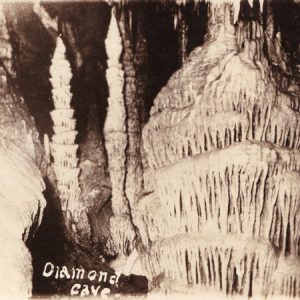 Diamond Cave Postcard
Diamond Cave Postcard
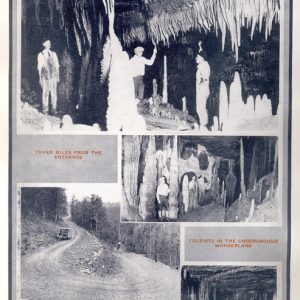 Diamond Cave Brochure
Diamond Cave Brochure
 Diamond Discovery Announcement
Diamond Discovery Announcement
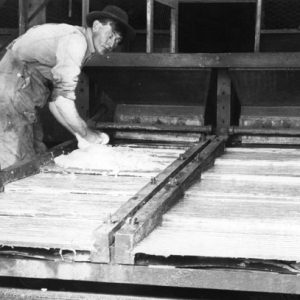 Diamond Grease Table
Diamond Grease Table
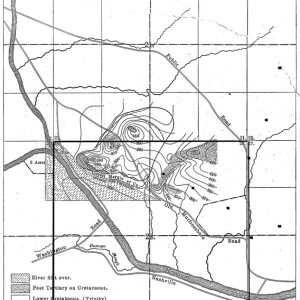 Diamond Pipe Map
Diamond Pipe Map
 Diamond Mine Advertising
Diamond Mine Advertising
 Diamond Mining Company
Diamond Mining Company
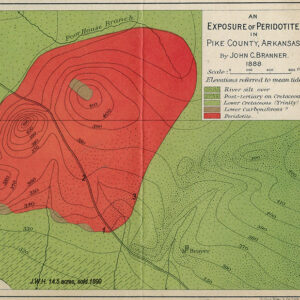 Diamond Survey, 1888
Diamond Survey, 1888
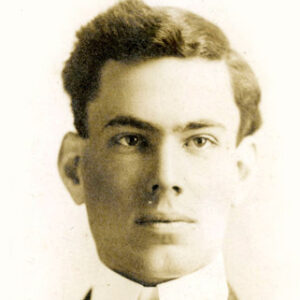 James L. Dibrell
James L. Dibrell
Dibrell, James Anthony, Jr.
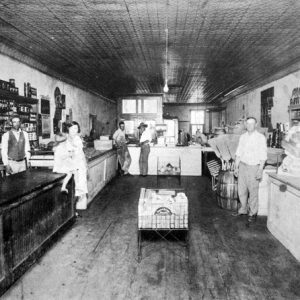 Dick Evans Store
Dick Evans Store
Dickey, Bill
aka: William Malcolm Dickey
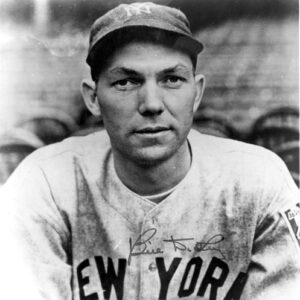 Bill Dickey
Bill Dickey
Dickinson-Moore House
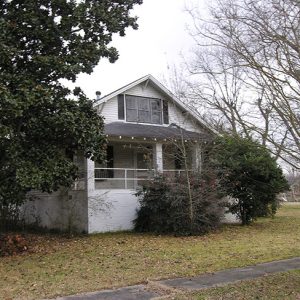 Dickinson-Moore House
Dickinson-Moore House
Dickinson, Samuel Dorris
 Samuel Dickinson
Samuel Dickinson
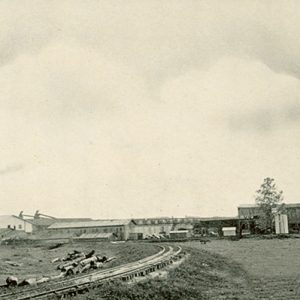 Dierks Lumber Mill
Dierks Lumber Mill
Dierks Forests, Inc.
Dierks, Herman
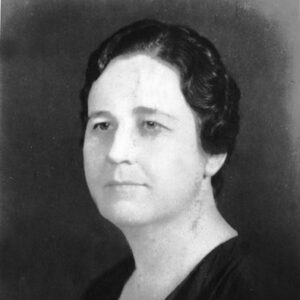 Agnes Diffee
Agnes Diffee
Dill School
aka: Ida School
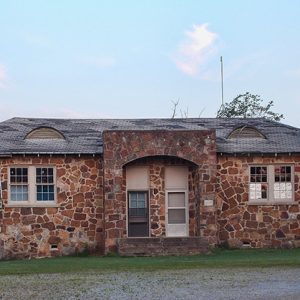 Dill School
Dill School
Dillard (Lynching of)
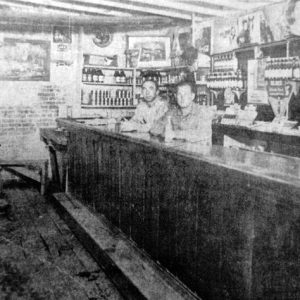 Dipsey Doodle
Dipsey Doodle
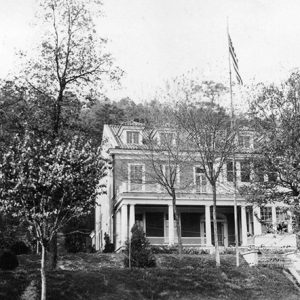 Director’s Residence
Director’s Residence
 Michael Disfarmer
Michael Disfarmer
Disfarmer, Mike
aka: Mike Meyer
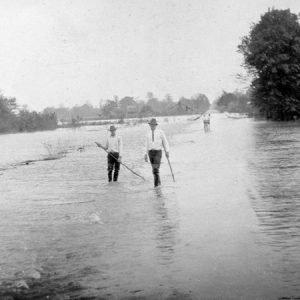 Dixie 1927 Flood
Dixie 1927 Flood
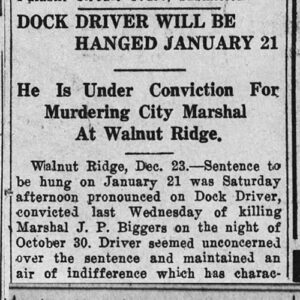 Dock Driver Execution Article
Dock Driver Execution Article
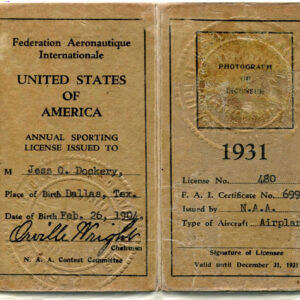 Dockery License
Dockery License
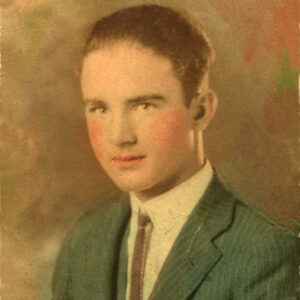 J. O. Dockery
J. O. Dockery
 Dockery Airport
Dockery Airport
Dockery, Jess Orval
Dockery, Octavia
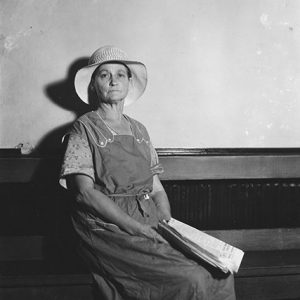 Octavia Dockery
Octavia Dockery
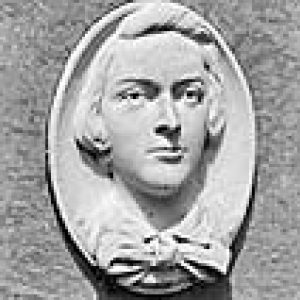 David O. Dodd Poem Recitation
David O. Dodd Poem Recitation
Dodd, Frank (Lynching of)
 Dodd Lynching Article
Dodd Lynching Article
Dodd, Sonora Louise Smart
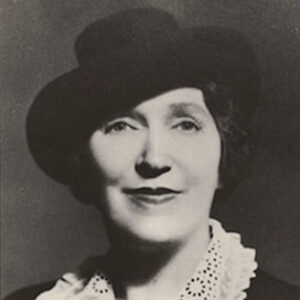 Sonora Dodd
Sonora Dodd
Dollarway Road
Domestic Science Building
 Donaghey Mock Funeral
Donaghey Mock Funeral
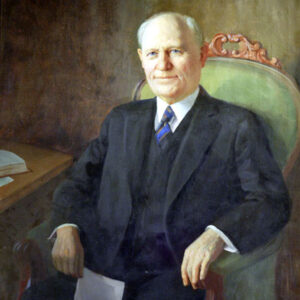 George Donaghey
George Donaghey
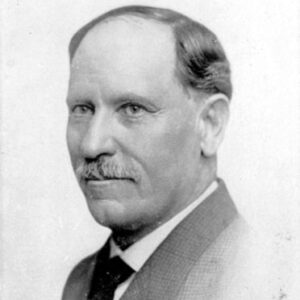 George Donaghey
George Donaghey
Donaghey, George Washington
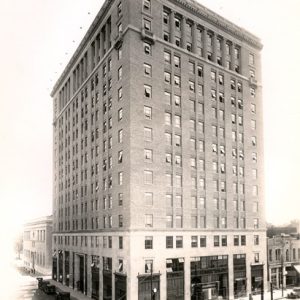 Donaghey Building
Donaghey Building
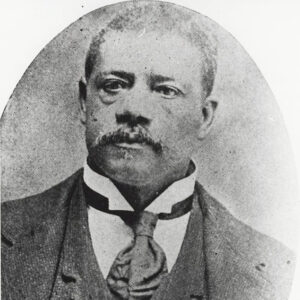 J. N. Donohoo
J. N. Donohoo




